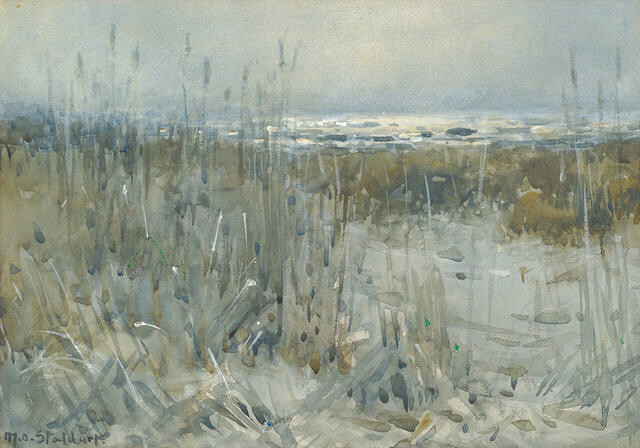Margaret Stoddart - watercolours
Margaret Stoddart - watercolours
An introduction to Margaret Stoddart's watercolours, narrated by New Zealand actor Sam Neill.
Related reading: Margaret Stoddart: Nature's Artist
Notes
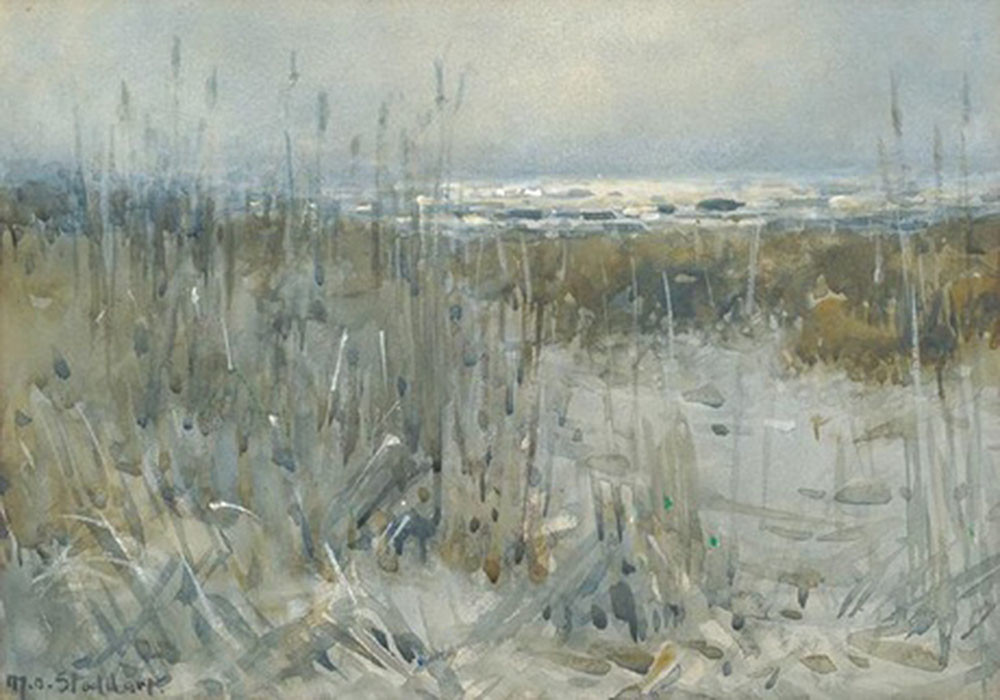
New Brighton by Margaret Stoddart
This article first appeared as 'Stoddart: an artist for all seasons' in The Press on 17 November 2015.
Notes
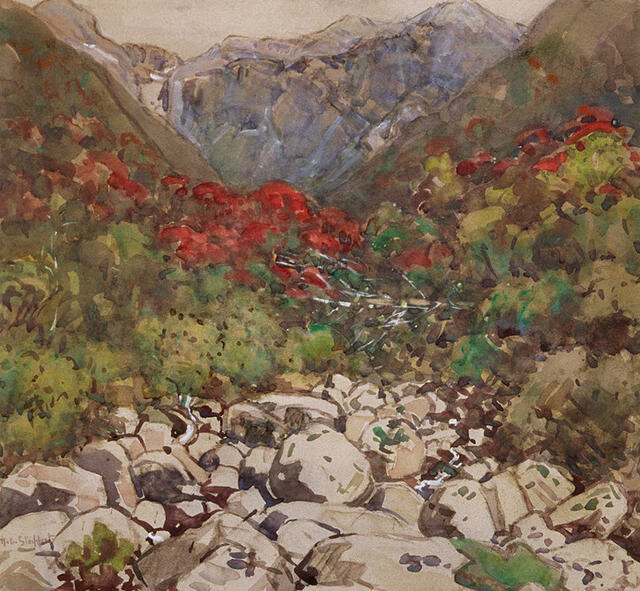
An Otira stream (also known as Mountain Rata) by Margaret Stoddart
This article first appeared as 'Otira colour captured in all its summer glory' in The Press on 28 February 2014.
Notes
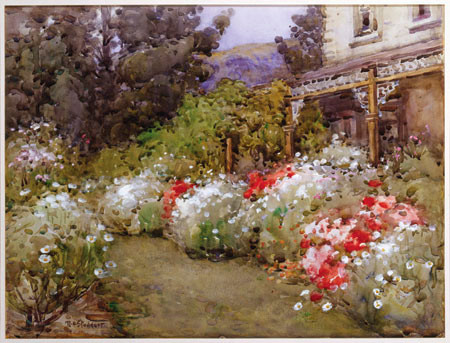
Godley House, Diamond Harbour by Margaret Stoddart
This article first appeared as 'Stoddart's summer' in The Press on 15 February 2013.
Notes
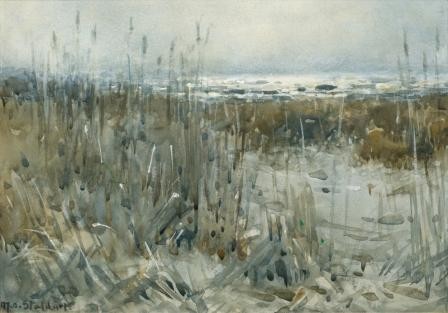
Margaret Stoddart: born Diamond Harbour 3 October, 1865.
While the Gallery remains closed to the public the permanent collection continues to grow with several generous gifts and bequests being received recently.
Notes
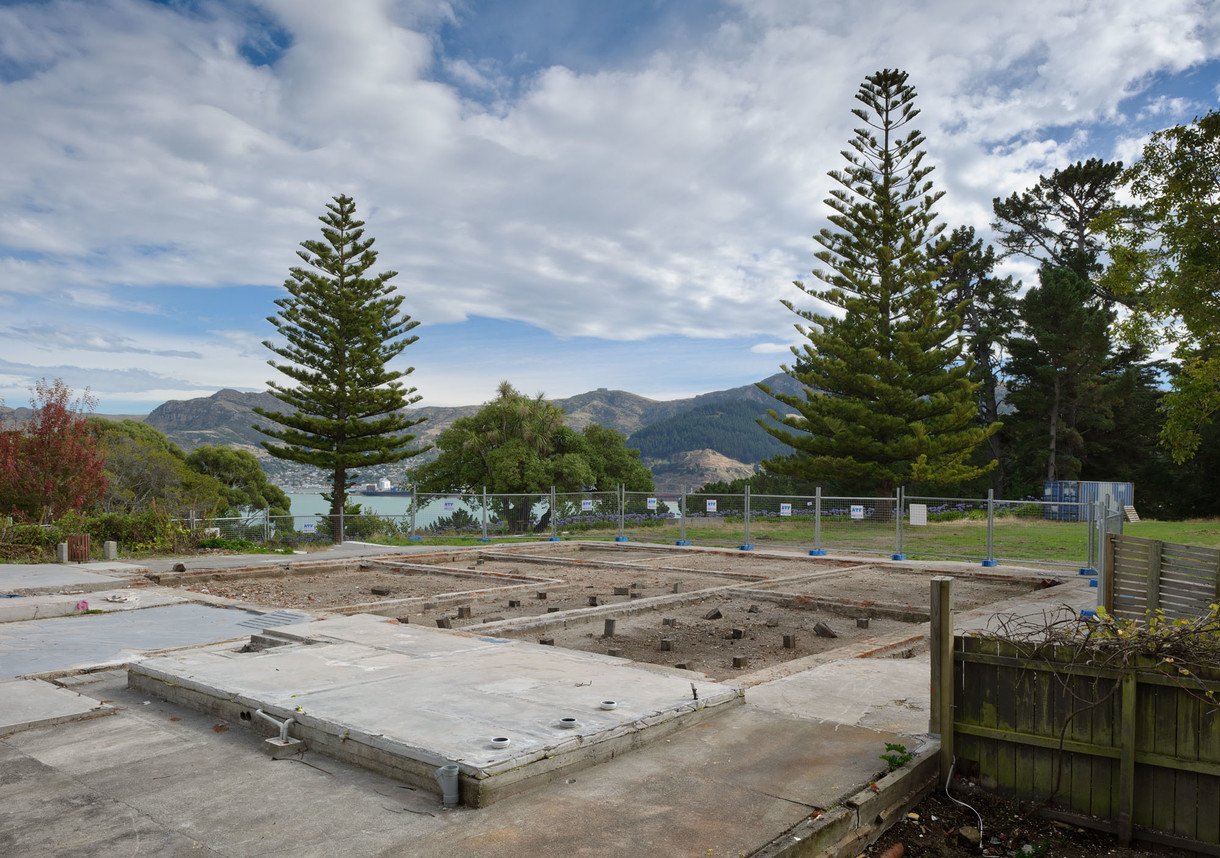
Diamond that shines
The ruins of Diamond Harbour's Godley House may have finally been removed but the stunning sparkling views out across Lyttelton Harbour remain.
Notes
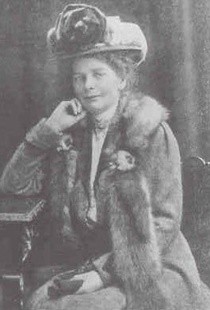
Happy birthday Margaret
Margaret Stoddart was born on this day in 1865 at Diamond Harbour. Here she is in 1909:
Notes
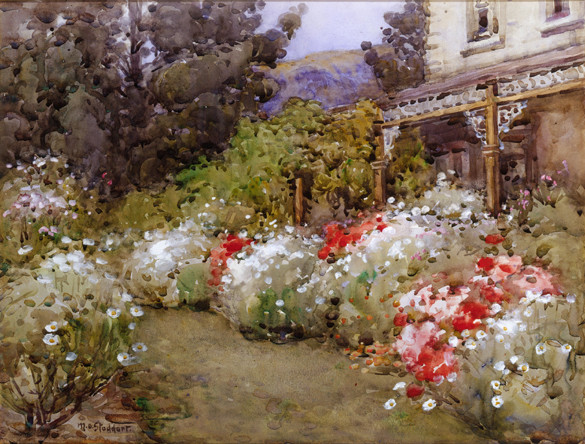
Godley House
The Press announced today that another iconic Banks Peninsula building is to be demolished, Godley House at Diamond Harbour.
Notes
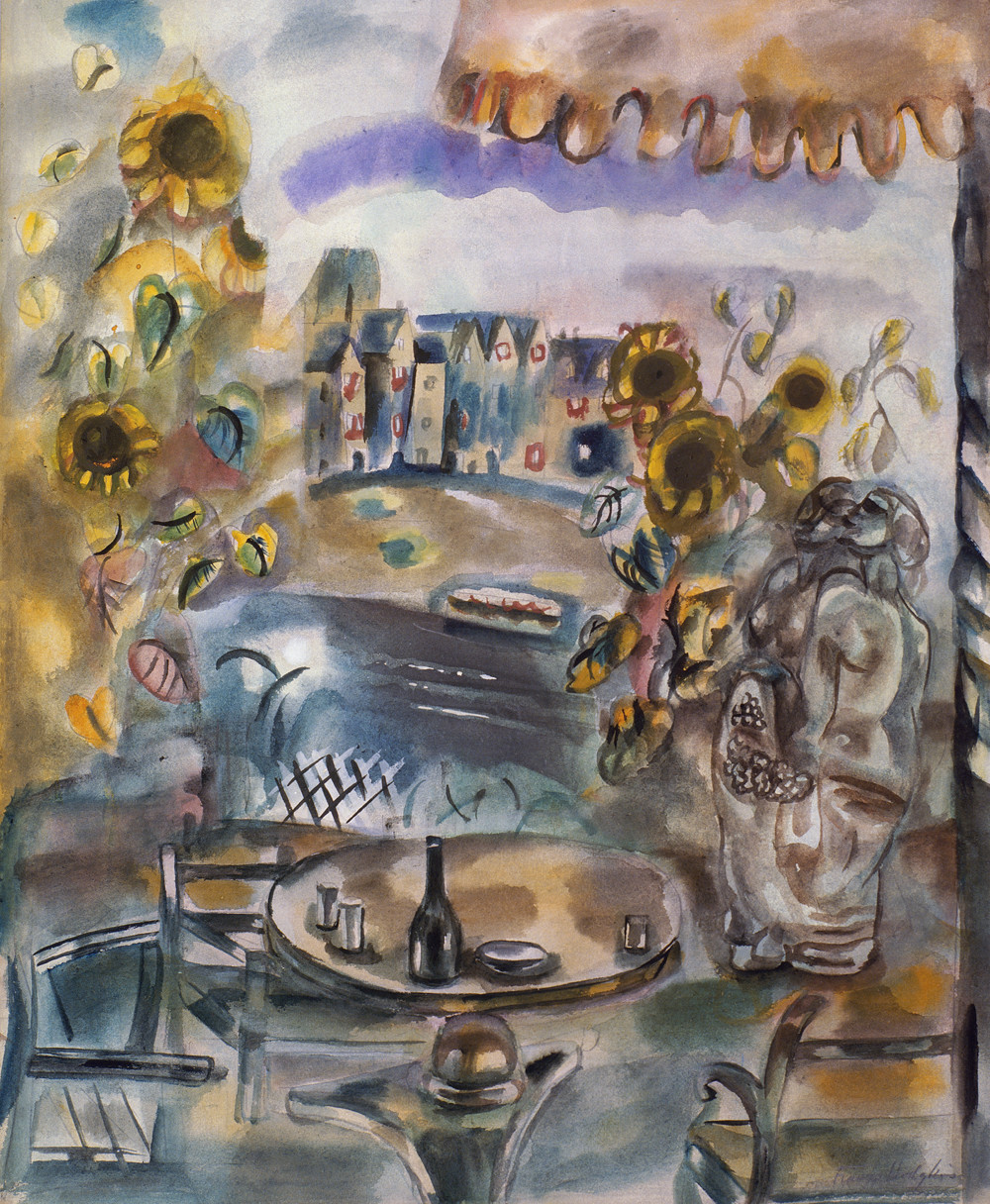
The Watercolour Collection
The Gallery's Watercolour Collection had modest beginnings, but over the past 70 years it has grown steadily by gift and purchase and, of all the Collections, still maintains a largely traditional emphasis. When the Gallery opened in June 1932, just 28 of the 128 paintings on display were watercolours and, of these, 11 were by British artists and 17 by New Zealanders. Among the mostly nineteenth century British watercolours were those by Helen Allingham, Edgar Bundy, Matthew Hale, Laura Knight, William Lee Hankey and Ernest Waterlow. In contrast, the New Zealand watercolours were by mostly contemporary or early twentieth century artists and included works by James Cook, Olivia Spencer Bower, Margaret Stoddart, Maude Sherwood, Eleanor Hughes and Alfred Walsh. The foundation Watercolour Collection included two paintings of larger than usual dimensions. William Lee Hankey's We've been in the Meadows all day (1184 x 878mm) and Charles N. Worsley's Mount Sefton (996 x 1105mm) are still greater in scale than any other work in the Watercolour Collection.
Article

Exquisite Treasure Revealed
Canterbury Museum holds two albums compiled by Diamond Harbour artist Margaret Stoddart. The older of the two, containing images featured in this Bulletin, and itself currently exhibited in the Gallery, covers the period 1886–96. The album is handsomely bound in maroon, and stamped M.O.S. in gold. It contains a sort of travelogue by way of black and white photographs set amongst decorative painting, mostly of native flora, with some locality and date information.
